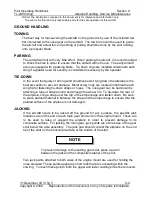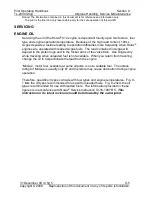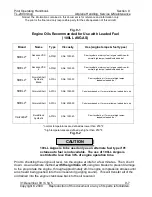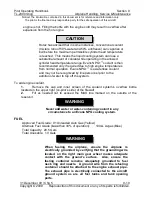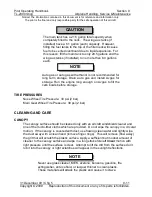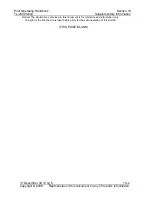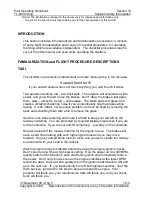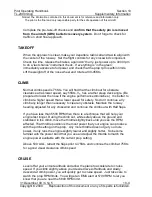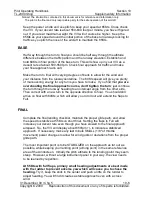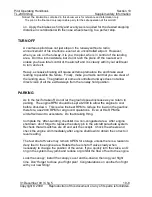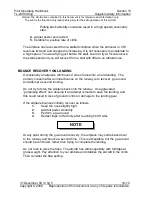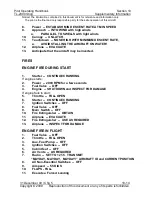
Pilot Operating Handbook
Section 9
TL-2000
Sting
Airplane Handling, Service & Maintenance
Notice! The information contained in this document is for reference and information only.
The pilot is the final and only responsible party for the safe operation of this aircraft.
31 December 09 / Chg 5
9-12
Copyright © 2009 Reproduction of this document or any of its parts is forbidden.
Do not use a canvas cover on the canopy unless freezing rain or
sleet is anticipated because the cover may scratch the plastic
surface. Use only the proper canopy cover provided with the
aircraft.
PROPELLER CARE
Proper preflight inspections of the propeller blades for nicks and cracks are key to
maintaining a good propeller. Wiping down the blades to clean off bugs and grass is
also advisable after EVERY flight. Whenever the airplane is parked, place the
propeller covers over the blades to ensure that they are protected from the
environment. A clean waxed propeller resists stains and is more efficient.
ENGINE CARE
Routinely perform a visual inspection of the engine. Check all oil, fuel, and coolant
lines for any leakages, defective seals, or faulty connections. Ensure all electrical
leads are fastened down tightly to help prevent intermittent electric problems. Check
coolant, brake fluid, and engine oil levels to determine if there are any losses.
Clean the radiator vanes from bugs and debris using a low pressure water hose and
a cloth. Never use high pressure water to clean out the radiator. If a fault or
discrepancy is discovered or any question is raised about the condition of the engine,
consult a properly trained professional before operating the engine.
INTERIOR CARE
To remove dust, loose dirt, and other debris from the upholstery and carpet, clean the
interior regularly with a vacuum cleaner. Blot up any spilled liquids promptly and use
stain remover as needed. Sticky substances can be removed by using a knife or
scraper and then stain remover. Clean the instrument panel and control knobs with a
very mild, non-conductive cleaner in order to remove oily deposits without
compromising any electronic components.
PARACHUTE SYSTEM
The GRS parachute system should be protected from oils, movement and moisture.
The parachute system is not required for the aircraft to be in a condition for safe
operation. However, the system is designed to remain in place even if it is out of
service. There are no user serviceable components, service directions or owner
access by design. .
DO NOT ATTEMPT TO REMOVE THE BALLISTIC CHUTE SYSTEM FROM THE
AIRCRAFT! THE REMOVAL PROCESS IS DANGEROUS, REQUIRES FORMAL
TRAINING AND WILL ADVERSLY AFFECT AIRCRAFT PERFORMANCE!
WARNING







